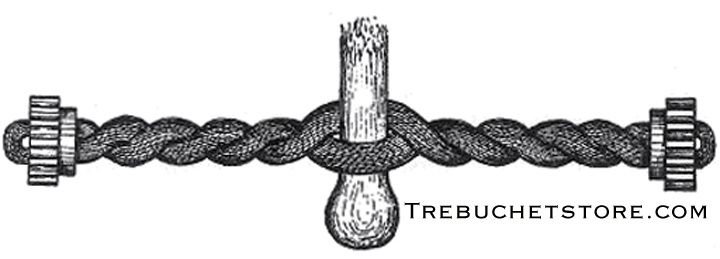
Subscribe to to have military news, updates and resources delivered directly to your inbox. Whether you're thinking of joining the military, looking for post-military careers or keeping up with military life and benefits, has you covered. It's military life presented like never before. We Are The Mighty (WATM) celebrates service with stories that inspire. Why even today artillery still has a key role in winning battlesħ real excuses troops use that no NCO ever believes The trebuchet was such a successful piece of engineering that it solidified its place as the superior siege engine - far more powerful and reliable than the inferior catapult.įour exotic weapons that will make you rethink ancient warfare

A trebuchet works by using the energy of a falling (and hinged) counterweight to launch a projectile (the payload), using mechanical advantage to achieve a high launch speed. They were versatile machines, capable of different ranges, fire rates and power, depending on the situation. The trebuchet was preferred over a catapult due to its greater range capability and greater accuracy. The trebuchet could provide whatever a given battle required. Traction trebuchet were most often used to fire at buildings outside of city walls, while the counterweight trebuchet had the range and destructive capabilities to assault walls directly. Regardless, once constructed and fortified, there were few disadvantages to the trebuchet. It was, however, a very complex machine to build properly, and specialists were few and far between.īoth the traction trebuchet and the counterweight trebuchet could be modified to include wheels, but the former could only be fired from a locked position due to its size. The counterweight trebuchet could consistently deliver heavier munitions at longer distances than its predecessor.

Some sources say that trebuchets were also used to fling diseased corpses over city walls, an early form of chemical warfare. These massive payloads could reach ranges of as far as 900 feet. The sling that held the payload was extended to improve range, and the beam was made thicker than its predecessor - all because more power didn't necessarily mean more manpower.īattles in the 14th century saw payloads as massive as 510-560 pounds, but something between 100-200 pounds was most common. The new counterweight mechanism pulled the beam down to launch the projectile instead of relying on men to pull it down with ropes. To this day, historians cannot reach a consensus on whether it was invented in Europe or the Middle East. The counterweight trebuchet was invented in the Mediterranean region in the late 12th century, and it was adopted in northern Europe and deep into Islamic-controlled areas.


 0 kommentar(er)
0 kommentar(er)
